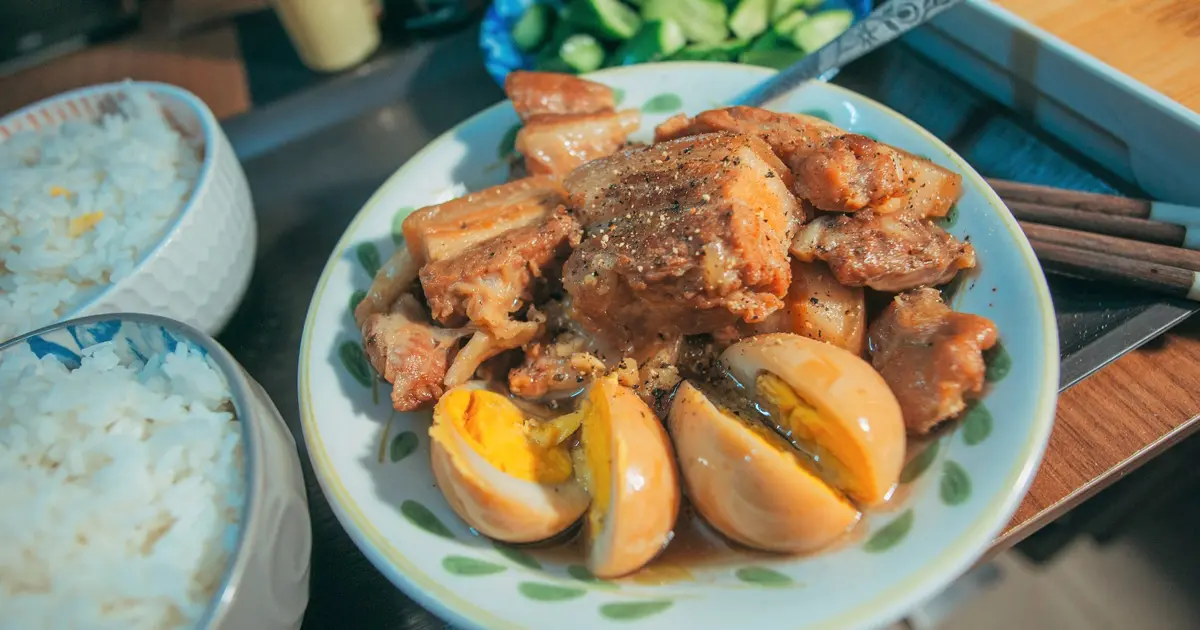Have you ever traveled to another country only to have your excitement turn to culture shock?
Most people travel to the Philippines to experience an island paradise with warm breezes, heavenly beaches, and relaxing tropical vibes.
And for the most part, that’s what happens. But like with any other country, the true depth of the experience goes far beyond what we see on travel blogs, magazines, social media, and even word of mouth.
Certain things about Philippine culture may be a shock to visitors. Consequently, they may feel depressed, irritable, and isolated. They may also develop bad sleeping and eating habits.
No one is immune except perhaps the most well-traveled individuals. Fortunately, acclimatization can help you deal with culture shock in the Philippines.
The question now is, how? It all starts with awareness. Let’s walk you through experiences that many foreigners find unfamiliar.
Linguistic Variety in the Philippines
Language is the first of a few examples of culture shock in the Philippines. Most Filipinos, even those living outside major cities, speak passable to fluent English, so visitors from the Anglosphere have that going for them.
Statistics support this proficiency. A 2023 poll shared that around 47% of Filipinos could think in English. The same survey also revealed that adult comprehension of written and spoken English reached 80%.
However, there are over 120 languages in the Philippines, and many don’t use gendered pronouns. He/him and she/her do not have local equivalents. As such, many of them may use incorrect pronouns when speaking English.
There might also be some code-switching, with many Filipinos flipping between English and their local language in the same sentence. And unlike other Asian countries, Philippine English is more American English than British English.
Filipinos may also use specific brand names as catch-all terms for items. For instance, they refer to plastic containers as Tupperware and the Internet as Google.
Second Breakfast and Second Lunch

You’re probably used to eating three meals a day. Maybe you squeeze in a snack between lunch and dinner. If you’re from Britain, it’s likely afternoon tea with cakes or biscuits (cookies). If you’re American, your afternoon snack might be a bag of chips or a sandwich.
In the Philippines, the afternoon snack, merienda, is another Spanish cultural holdover. There can be two: one in the morning and another in the afternoon. However, it's more of a light meal than a snack.
The food is similar to your breakfast or lunch, and are often leftovers from those meals. Filipinos will generally eat smaller portions during their snack breaks. So, eating five meals a day is the norm in the Philippines.
Everything’s Sweet or Salty
Many visitors experience culture shock in the Philippines because of the taste of Filipino food.
Filipinos have such a sweet tooth that even savory foods will have a sweet undertaste. For instance, banana ketchup, a much sweeter variant of tomato-based ketchup, is incredibly popular in the country.
That’s not to say that Filipinos do not like savory food. A typical breakfast in the Philippines can include slightly sweet tocino (think of it as bacon, but slightly thicker) and garlic-fried rice.
Another thing is that many main courses are strongly flavored and are sour or salty. That’s because Filipinos always pair meat and vegetables with white rice, which balances out the flavor. So, if you eat your adobo by itself, you might find yourself reaching out for a spoonful of rice.
Make Sure to Have Seconds
If you’re at someone’s home and don’t eat seconds (or thirds), that’s an insult. The host will take it as a sign that their food isn’t good enough for you.
But don’t finish every morsel on your plate, either. Why? They’ll take it as a sign that they didn’t feed you enough. The solution is to have more than one helping, but leave a few crumbs or grains of rice on your plate.
While this isn’t a hard-and-fast rule, it helps to be aware. After all, Filipinos are gentle. You can resolve any misunderstanding through communication.
Restroom Woes

The condition of a public bathroom is one of the things that gives visitors culture shock in the Philippines. Aside from hotel and upscale restaurant bathrooms, it can be impossible to find toilet paper.
Some toilet bowls don’t have seats. Meanwhile, others aren’t connected to a tank. On the side is a pail you should fill with water to flush manually. It’s definitely not for the faint of heart.
On the bright side, many of them will have bidets, and there’ll be vending machines that dispense a variety of napkins and tissues for a few coins. Ensure you have toilet paper, or get used to cleaning up with a dipper of water and some soap.
Also, bring hand sanitizer with you. Not all the restrooms have soap, so sanitizing your hands after you clean your bottom falls entirely on you.
However, what initially was a culture shock in the Philippines might become a habit. You may even find it awkward when you have to go back to using just paper.
Everyone’s Late All the Time
Filipino time may be shocking and often frustrating.
Filipinos have a habit of always being late. When you schedule an event for 8, the earliest someone arrives is a quarter to 9.
That doesn’t just extend to everyday people, either. If an event is scheduled for 9, people are still setting it up at 9:15, and the place won’t be ready until 9:45.
The exception to this might be hotels and other tourism-related industries. After all, they cater to people from different cultures who frown upon being late.
While Filipino time can stretch your patience, this only often applies to leisure. Filipinos will respect an agreed-upon time if you make it clear that time is of the essence.
People Will Stare at You
At home, you might blend in; you’re just another face in the crowd. But not in the Philippines.
Despite the various ethnic groups, not to mention the descendants of diaspora populations, the country is largely homogenous. According to the 2020 Census of Population and Housing, around one in every four (26.0%) of the Philippines’ 109.67 million household population has Tagalog ethnicity.
There isn’t a lot of racial diversity, so people will likely stare at someone who’s clearly from a foreign country, particularly a Western one. Big cities might not do it, but you’ll probably be a novelty in a small village.

Here’s how to deal with culture shock: acclimate yourself. Get used to the unfamiliar parts until they become your new normal. Culture shock in the Philippines might be jarring, but people can usually adapt to just about anything.
Acclimatization, however, begins with the right mindset. Understand that people think differently from you, and beauty manifests differently.
When you return home, you might even take the beautiful and helpful parts of Filipino culture with you.
References
Cervantes, Filane Mikee. 2023. “SWS: 47% of Filipinos ‘Competent’ With English Language.” Philippine News Agency.
https://www.pna.gov.ph/articles/1207936.
Philippine Statistics Authority. 2023. “Ethnicity in the Philippines (2020 Census of Population and Housing).” Philippine Statistics Authority.
https://www.psa.gov.ph/content/ethnicity-philippines-2020-census-population-and-housing.






















